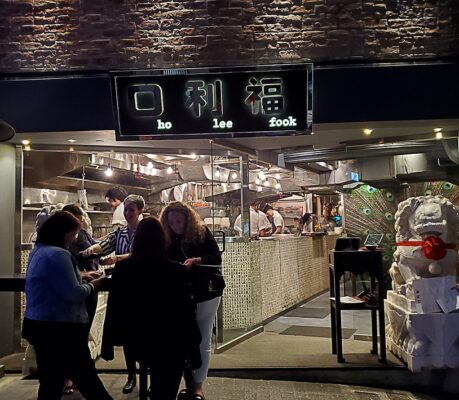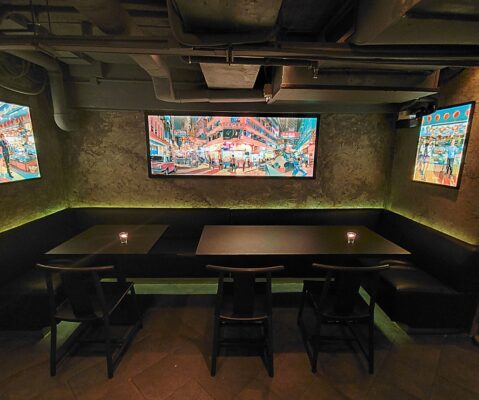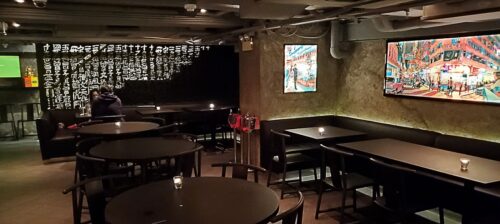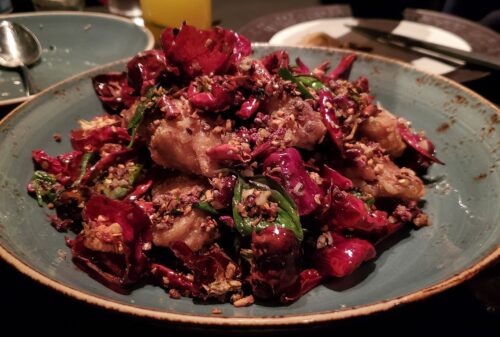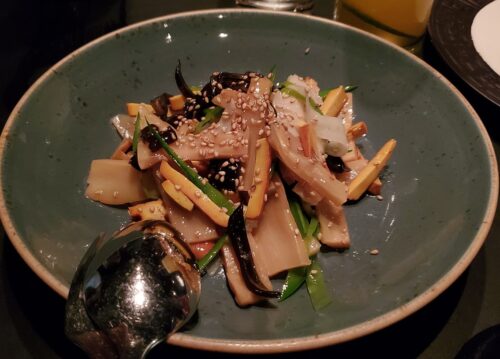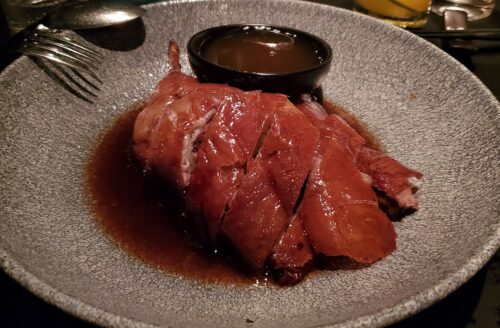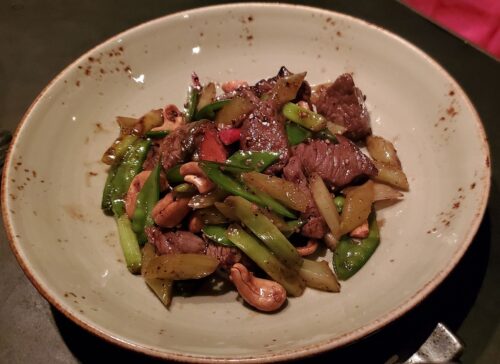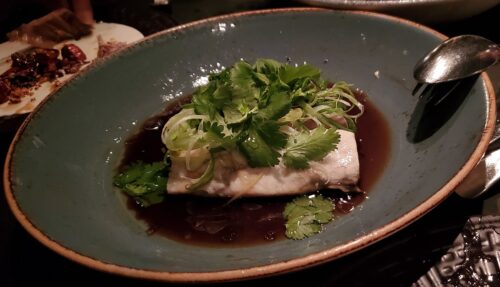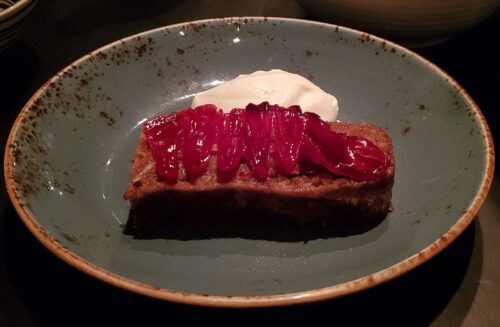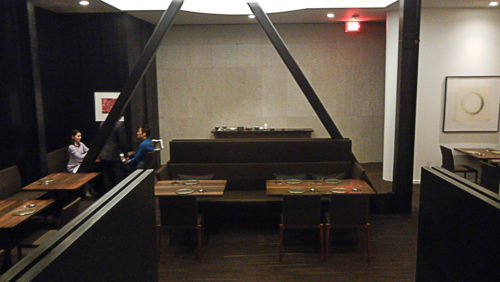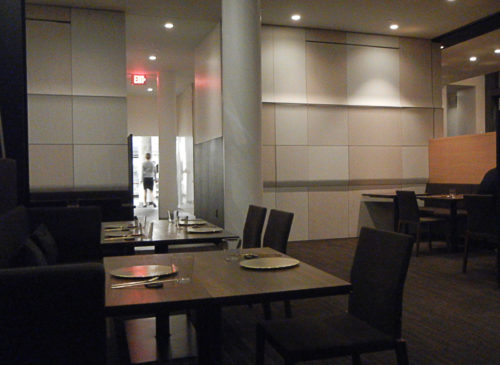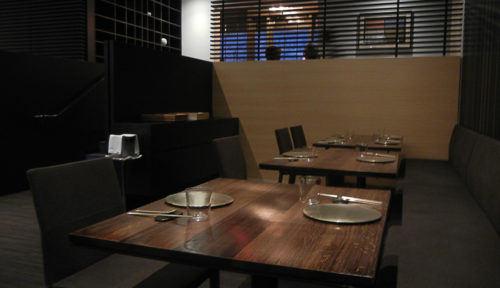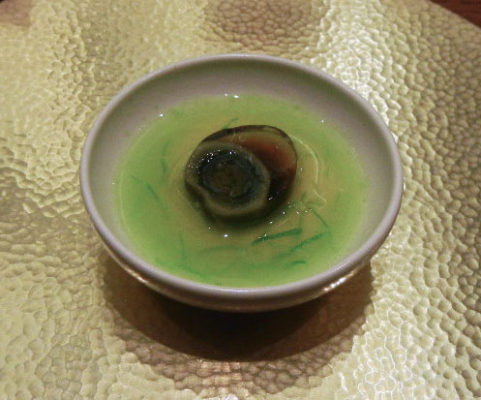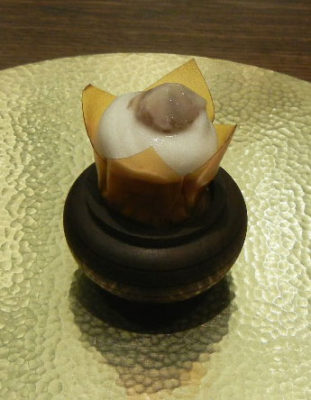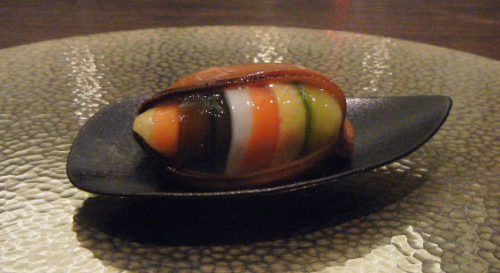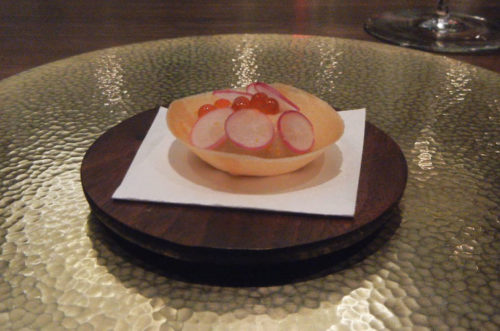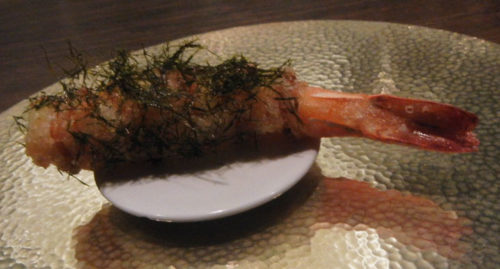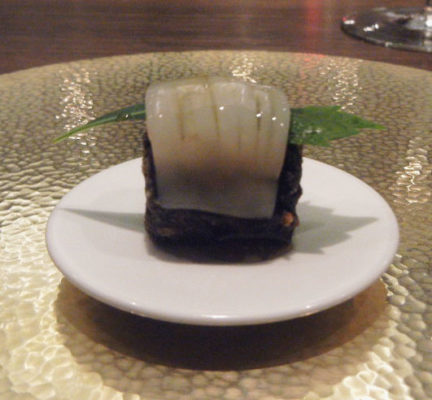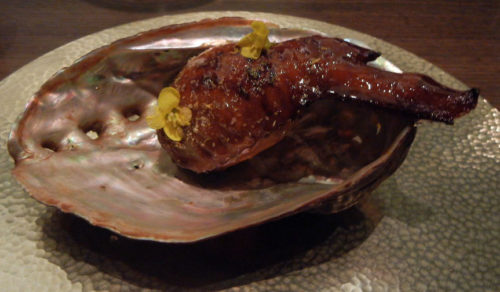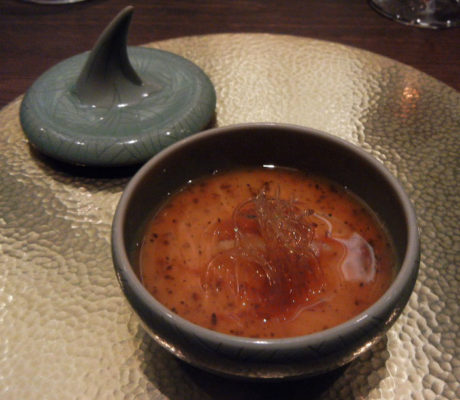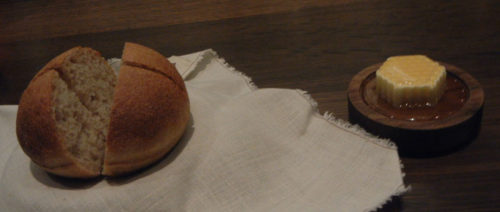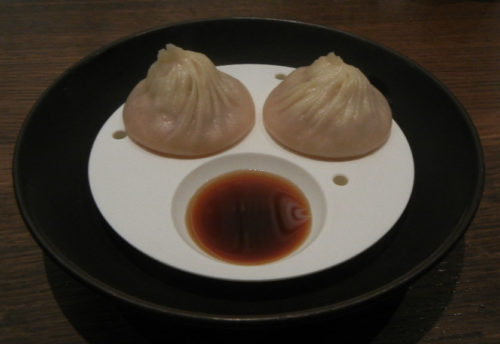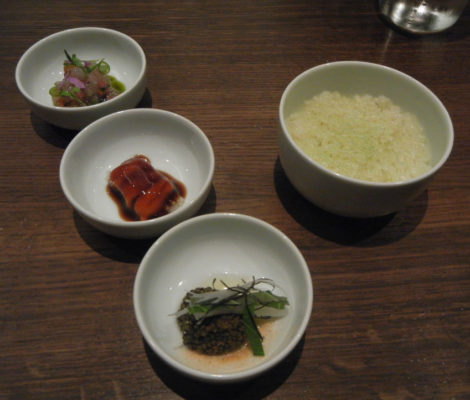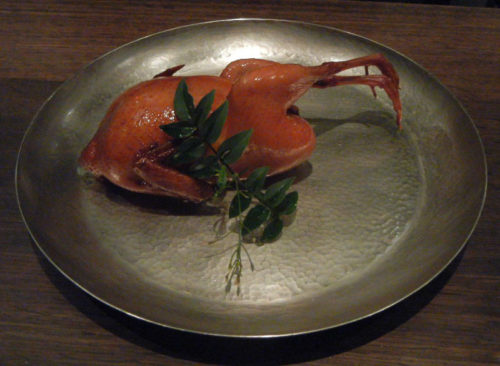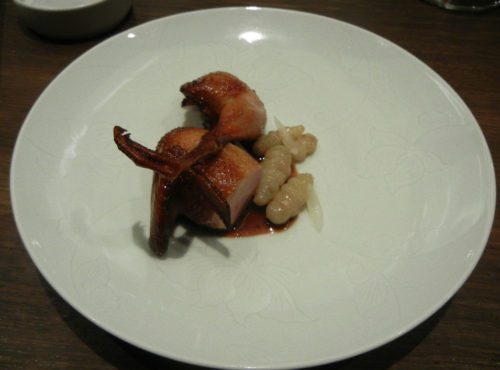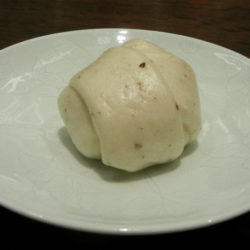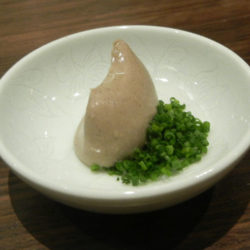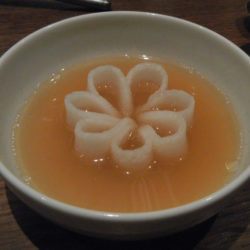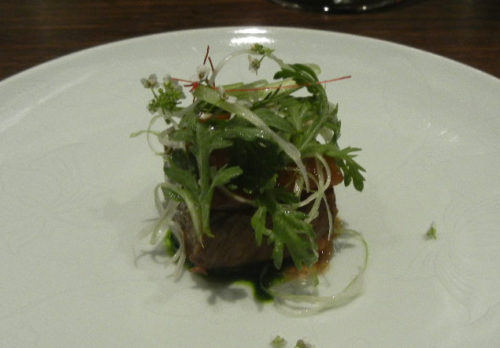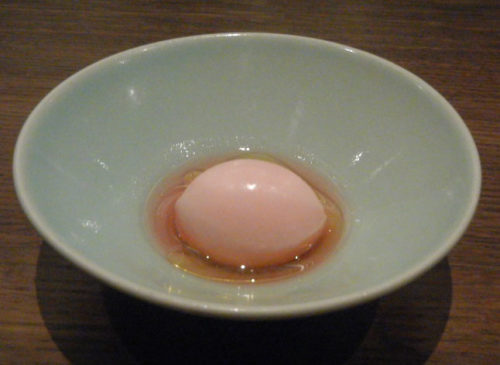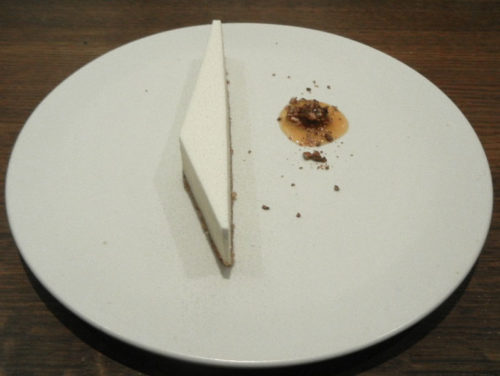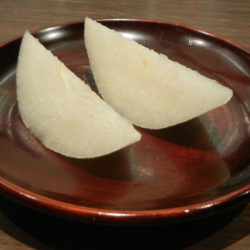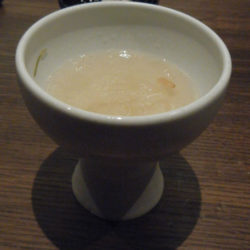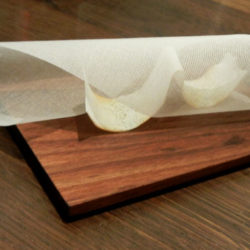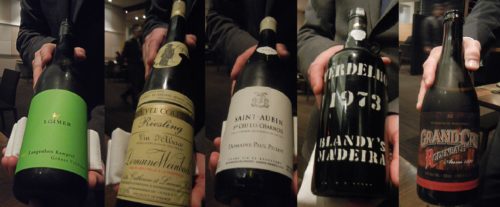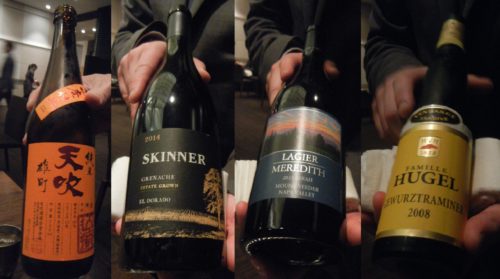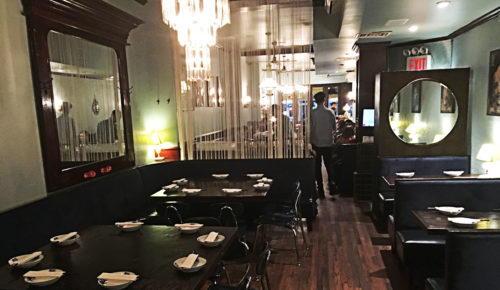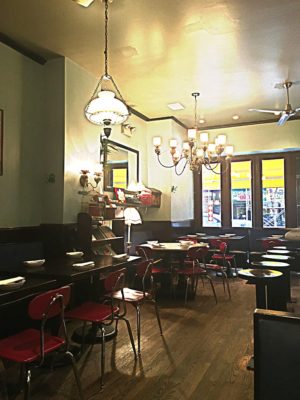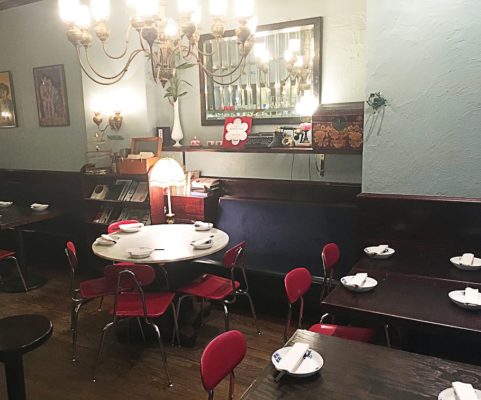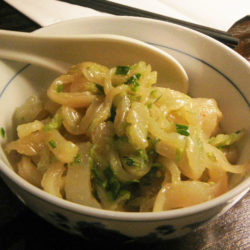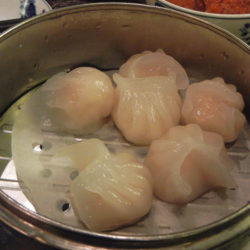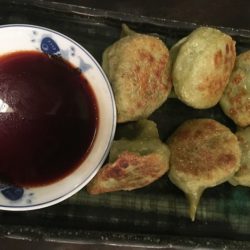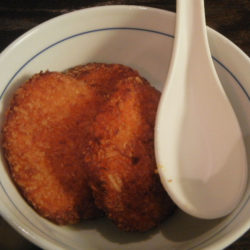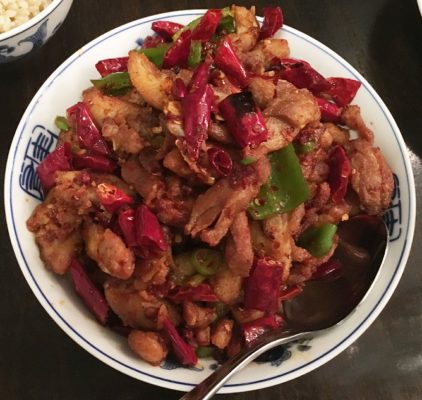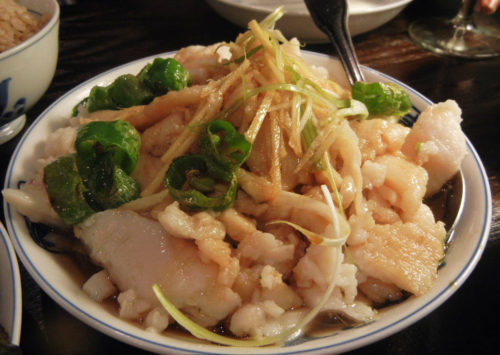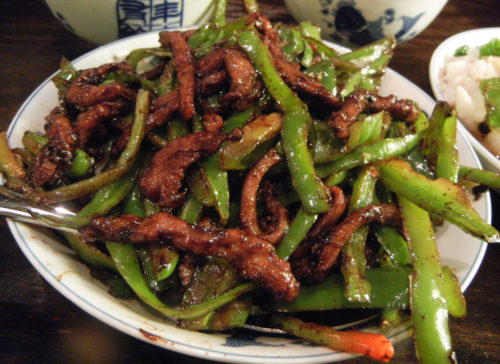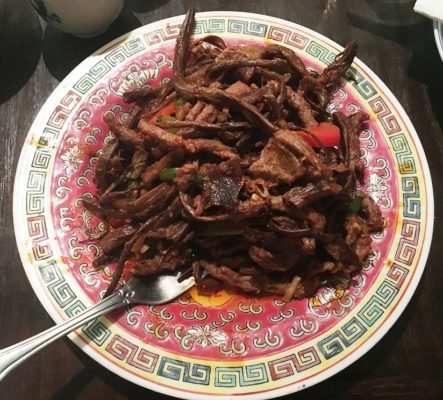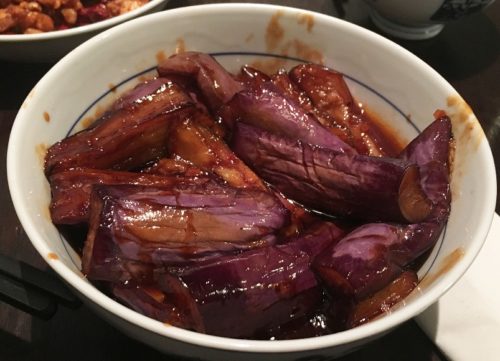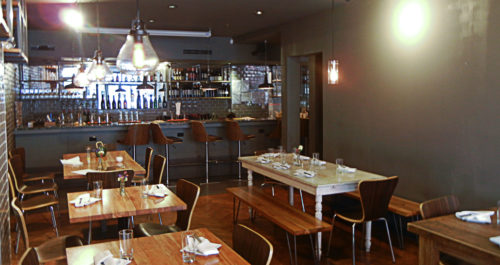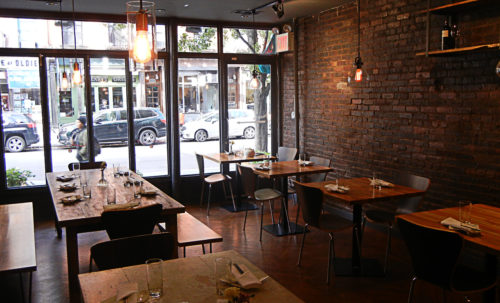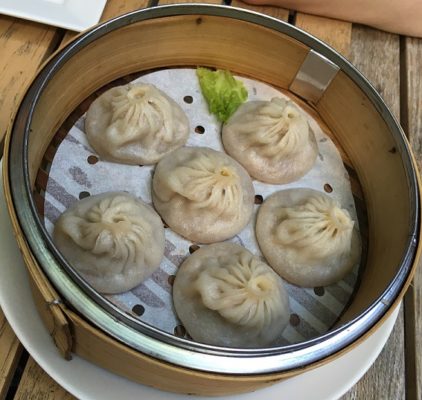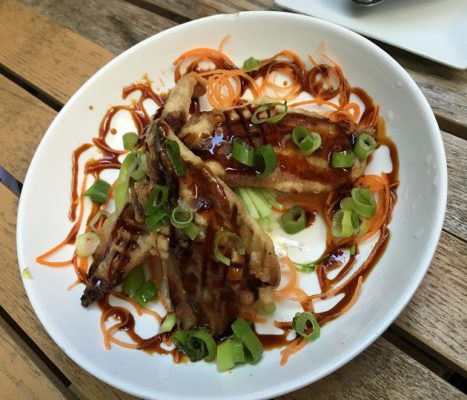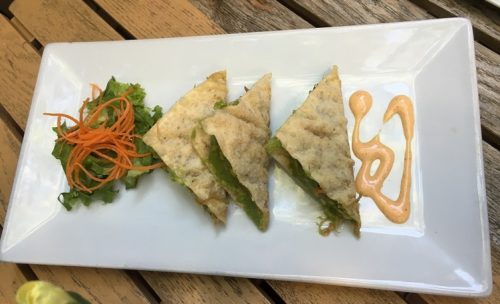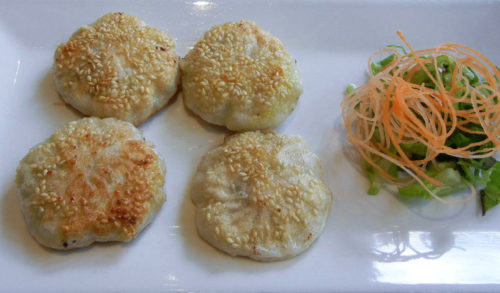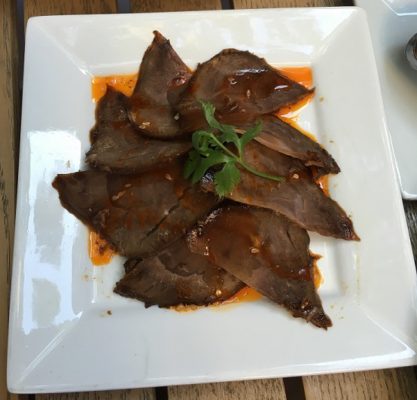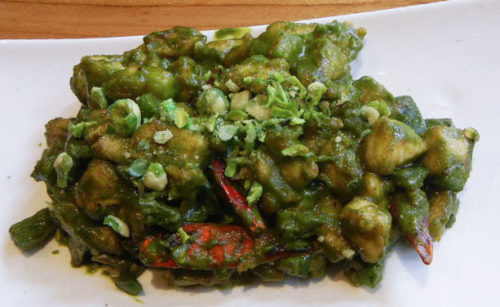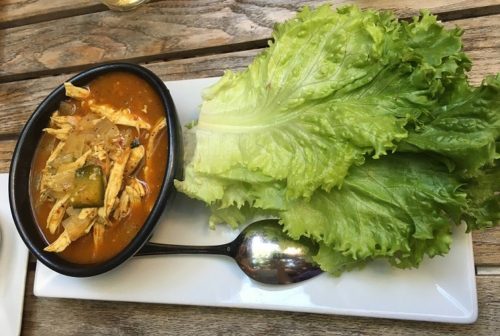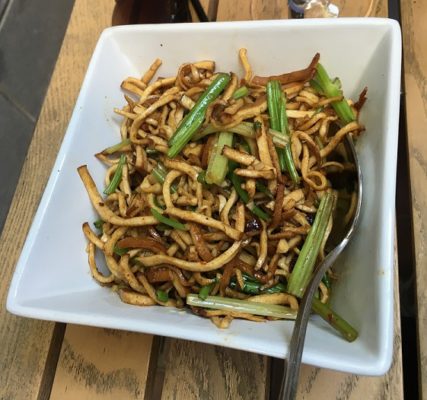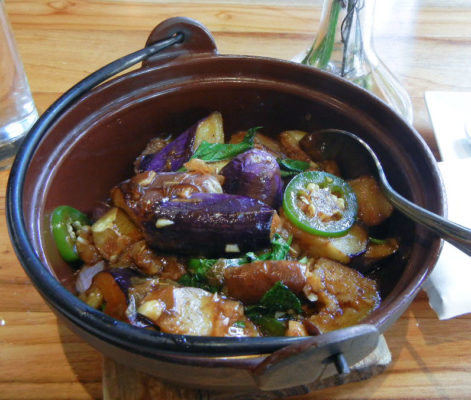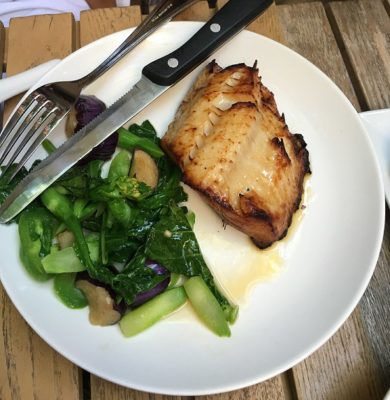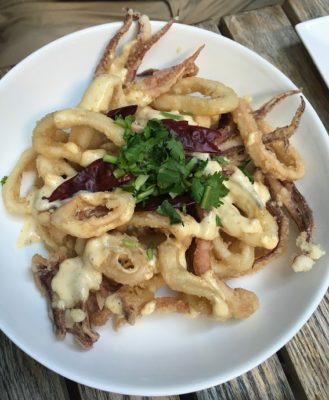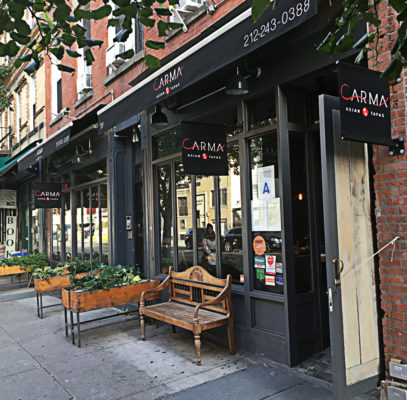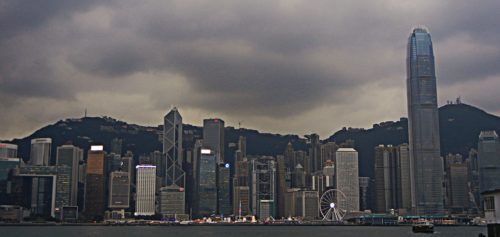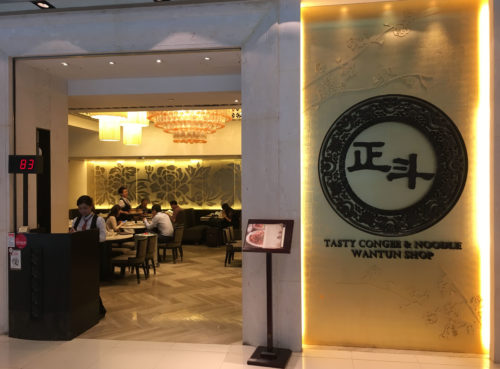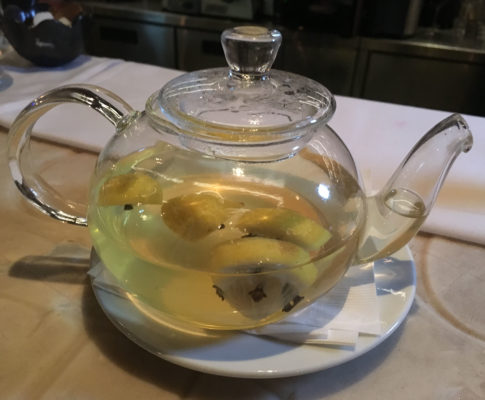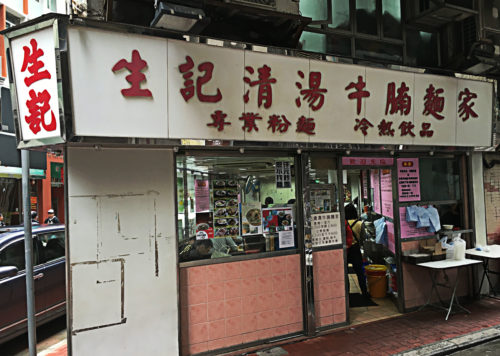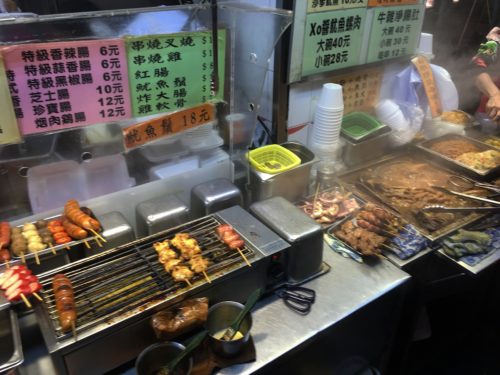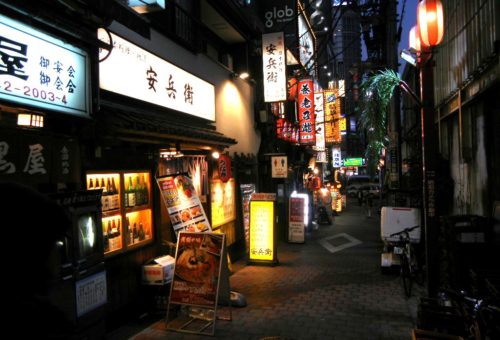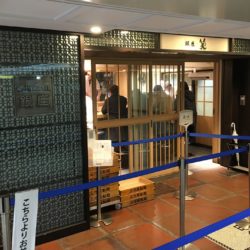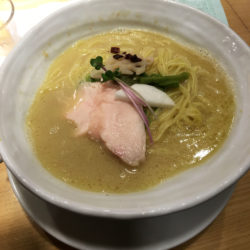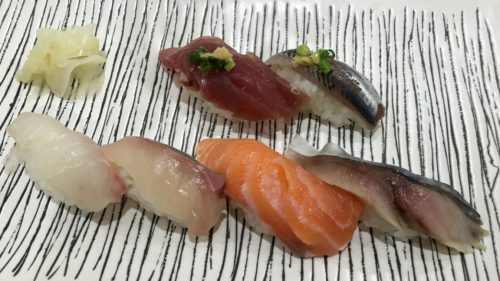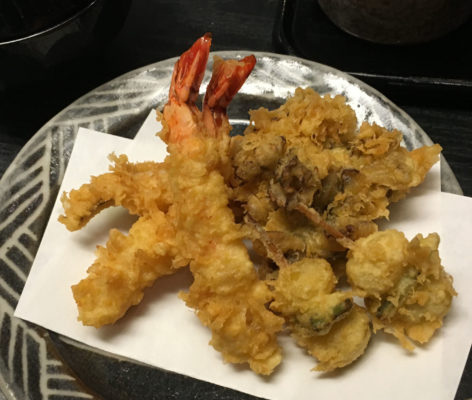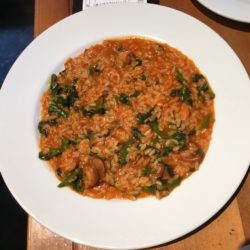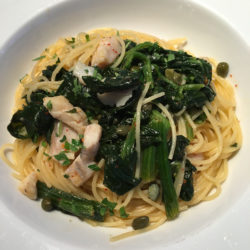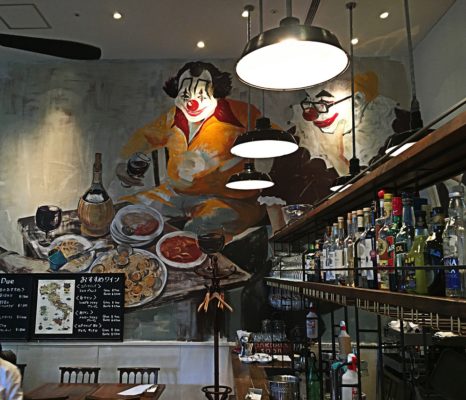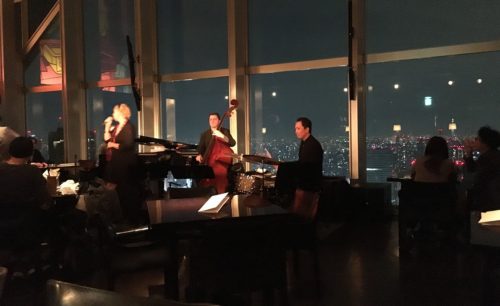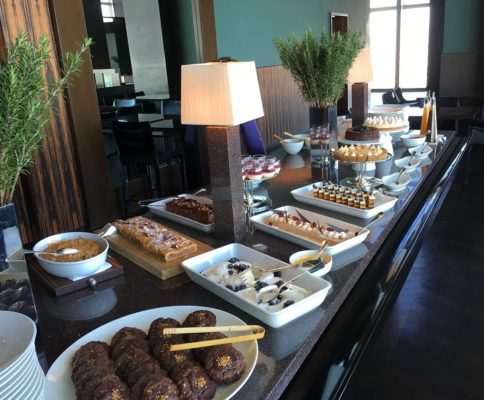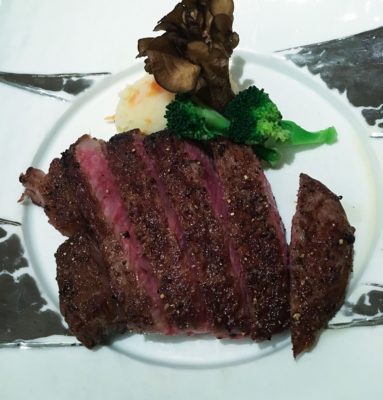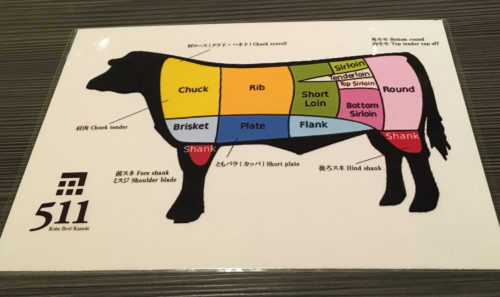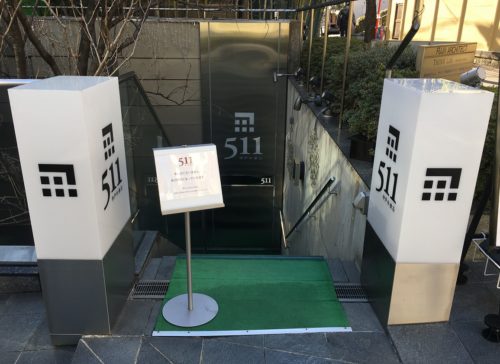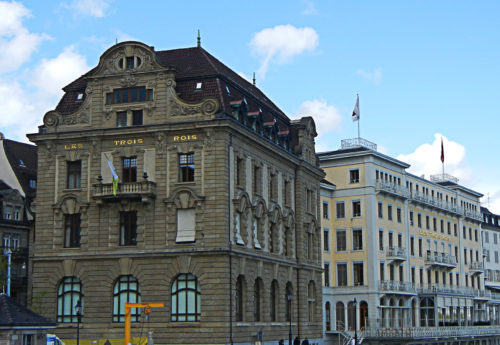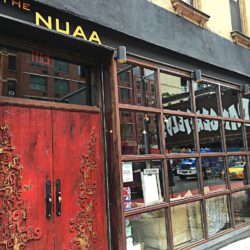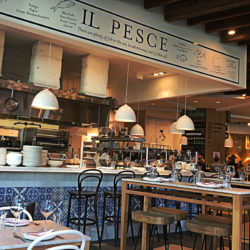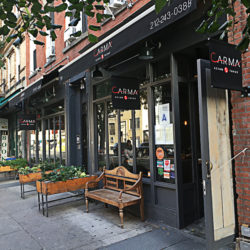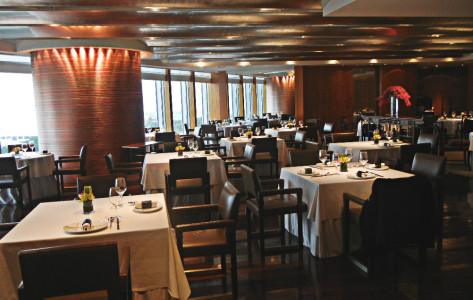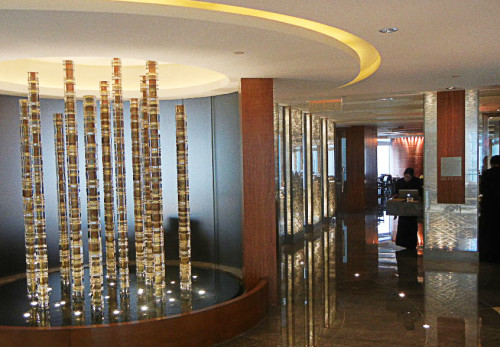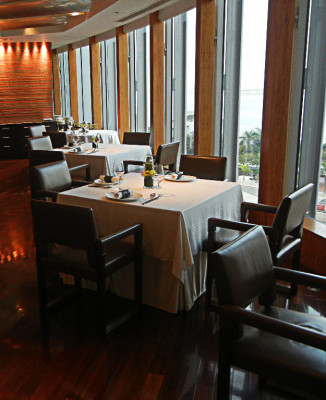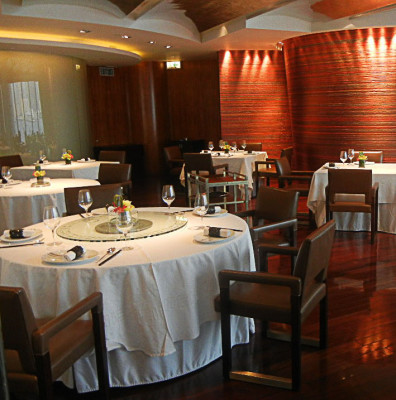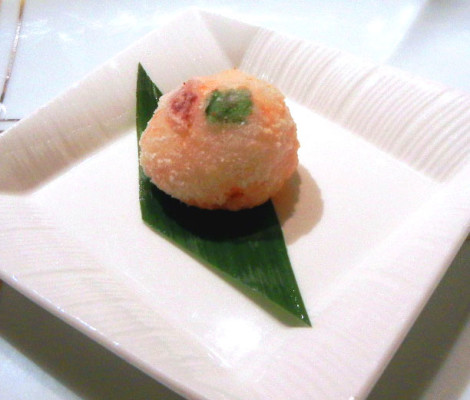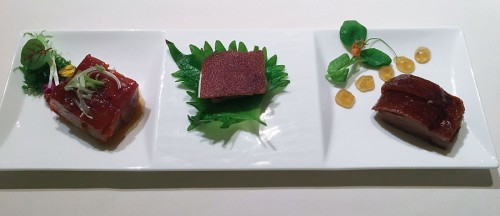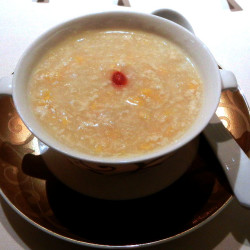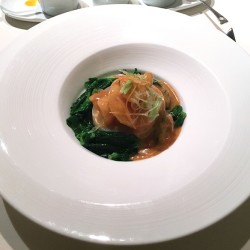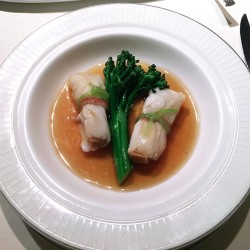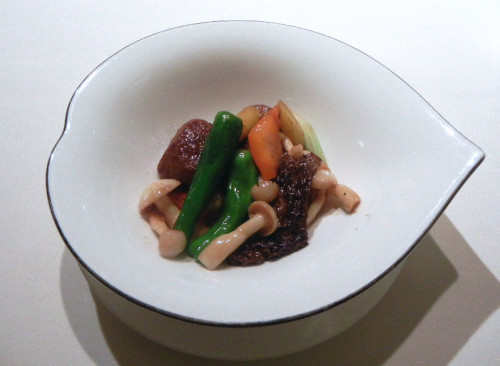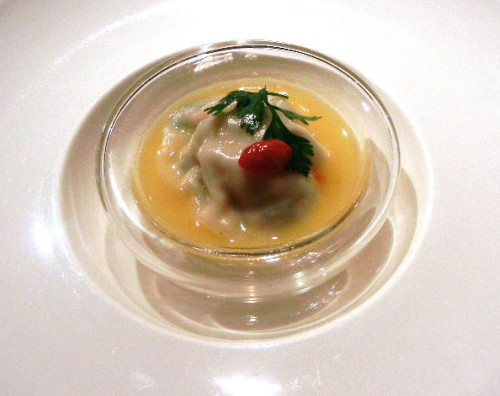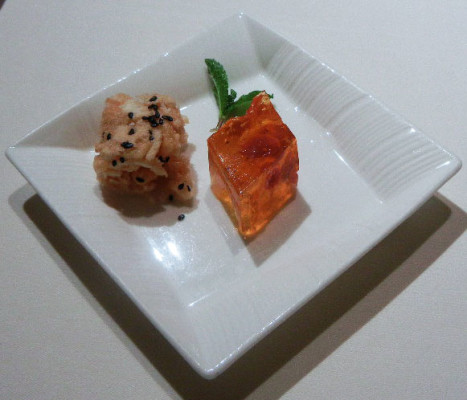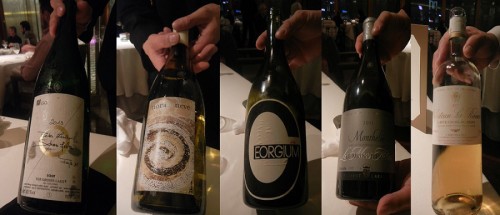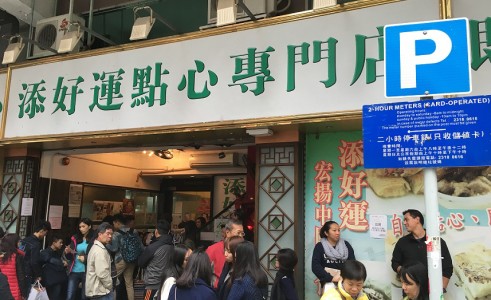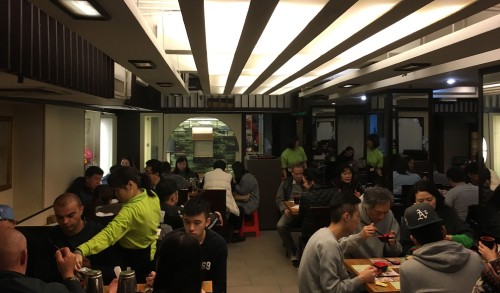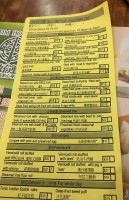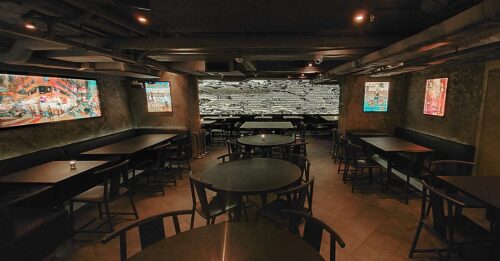
Ho Lee Fook
3-5 Elgin Street, Soho
Hong Kong, China
+852 2810 0860
Website
Frequented by both locals and tourist, Ho Lee Fook in Sheung Wan is one of the most popular places to eat in Hong Kong. Inspired by the old school Hong Kong tea houses and the 1960 New York Chinatown after hours hang-out, this restaurant is the collaboration between Hong Kong-based Black Sheep restaurants hospitality group (who also owns Michelin starred Belon and New Punjab Club), and Taiwanese born Canadian raise chef Jowett Yu.
The first thing guests notice when they enter Ho Lee Fook is the wall of waving lucky cat statues on the right, just in front of an open kitchen with a counter designed with mahjong tiles. Situated in the basement, is the dim lit dining room with low uncovered ceilings and black wooden tables, with smooth tops paired with dark matching benches and dix jx chairs. The walls are decorated with illuminating painting from local artists.
Ho Lee Fook’s menu boasts a more succinct selection which is extremely uncommon for a Chinese restaurant that often overwhelm their guests. The food is meant for sharing, so having two other people with me was perfect. We started with the chongqing-style chicken wings, heaven facing chillies, dried chillies, sichuan pepper. Deep fried chicken wings covered in chilies were bursting with numbing heat. The diverse spiciness from different chilies created a delightful depth of flavors. And the Bamboo salad, pickled lotus root, snow peas, five-spiced tofu, sesame was satiable. It contains a variety of textures and has a certain subtleness to it.
Next to arrive at our table was the roast goose. The goose was wonderfully roasted. Its skin was crispy, while the meat was juicy and extremely tasty. Hong kong-style french toast, peanut butter, served with maple syrup and condensed milk was the restaurants take on the city’s most popular dish usually served at tea houses. Although it was sugary and nutty, there was still a strong savory aspect. The French toast must be eaten right away in order for it not to turn soggy.
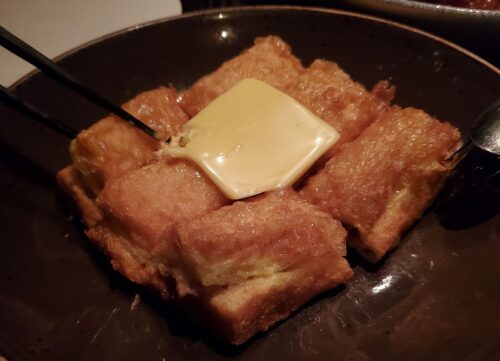
For the wok fried section, we had the black angus beef tenderloin, green peppercorn, celery, cashews. Cuts of luscious angus beef were stir-fried with fresh vegetables and cashews. The marinate from the beef provided the much-needed saltiness while the cashews added extra texture on the plate. Steamed barramundi, ginger, green shallot was a delicate piece of fish garnished with aromatic herbs. The sauce has a pleasing salty sweetness that went well with the barramundi. An order of egg fried rice, crispy garlic, green shallot to go along with these two entrées was more than enough to satisfy us and still have room for dessert.
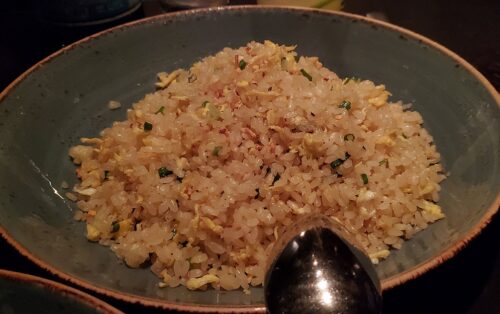
For dessert, “breakfast 2.0” horlicks ice cream, cornflake honey joy, walnut oatmeal, dried longan, cocoa coffee crumbs replicated a bowl of cereal in the morning with the Horlicks ice cream serving as the milk. Cornflakes coated in honey mixed with walnut oatmeal were crunchy. Dried longan and Horlicks ice cream added a musky and malty sweetness. However the bitterness that came from coffee crumbs helped curb all the sweet elements. Guard’s pudding, candied lemon, kavalan whisky cream, warm pudding accompanied with a distinctively flavored whisky ice cream had a nice contrast of warm and cold. The sweetness of pudding was balanced by the ice cream whisky flavor and the candied lemon provided a wonderful citric component.
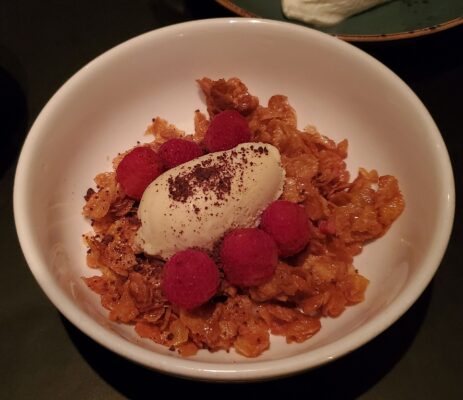
We thoroughly enjoyed this meal. This was Chinese food reinterpreted by the chefs own modern way of cooking using Pan-Asian ingredients. Dessert on the other hand (at least what we had) were more westernized and were as good as their savory dishes, if not better. For a party of three with some drinks, it cost us about 1500 HKD ($200) which was a decently priced meal especially for the amount of food that we had.
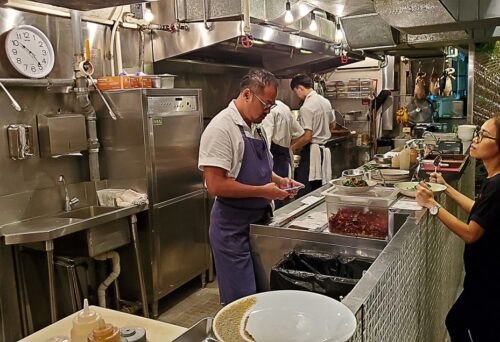
This restaurant is always packed and often booked at any given day. Reservation is a must. The atmosphere at Ho Lee Fook was extremely laid back. There is music blasting in dining room at a manageable level that diners can still have a conversation without raising their voices. The young hipster staff were friendly and had a chill attitude. Service was just fine and nothing to complain about.
Ho Lee Fook was a restaurant that caught my attention when I was in Hong Kong four years ago. Unfortunately, I never got a chance to go at that time. So, when I found myself back in Hong Kong early this year, I made sure to visit. I had to admit it was the name that I remembered very much and what drew me here. To my delight this restaurant did not disappoint with their food. It’s no wonder why Ho Lee Fook is quite popular.

